Queen of the Caribbees
Re-visiting Nevis in the Caribbean 25 years after discovering paradise
Nevis is small Caribbean island, only five by seven miles, with an inactive volcanic peak at its centre. The island became known as the Queen of the Caribbees when sugar production brought great wealth in the seventeenth century. We fell in love with this unspoiled island on our first visit in 1985 and visited twice more in the following two years. This year, after an absence of twenty-five years, we visited again, eager to discover how the island had changed and hoping it had retained its unique charm.
The Nevis we discovered in 1985 was quiet and rural, with lush greenery and unpopulated beaches.
Goats wandered along the side of the road. Roosters walked down the main street of the capital, Charlestown. In the hills, we spotted green vervet monkeys, brought to the island by the British in the seventeenth century. Days were slow, laying on the beach, reading, enjoying the scenery, or visiting historical landmarks. Former sugar plantations converted into inns were the primary tourist accommodation. Evening entertainment was a leisurely elegant dinner on the verandah with other guests. We felt transported back in time.
Disembarking from the ferry from St. Kitts in 2012, we found a steady stream of traffic in the narrow one-way streets of Charlestown. Roosters no longer walked down the main street. The road circumventing the island was now completely paved. There were new supermarkets. Cell phones, satellite television and high speed Internet had bridged the distance of time and space with the rest of the world.
More activities were available – water sports, rainforest hikes, monkey viewing tours and spa treatments. Nevis Botanical Gardens housed a variety of tropical vegetation from around the world with a large collection of Caribbean plants.
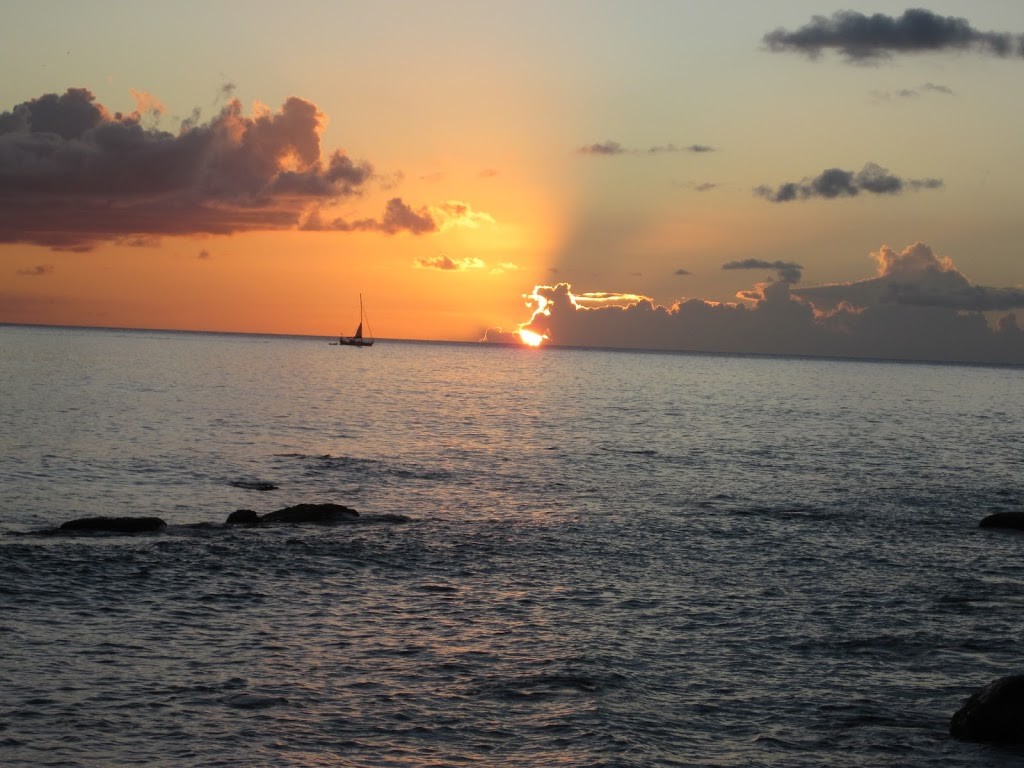
Four plantation inns still operated, providing luxury accommodations, but several other options now existed – upscale hotels, villa, cottage and condo rentals. We rented a secluded West Indian style cottage at Black Sand Cove, set amid a professionally designed garden, with mesmerizing views of the sunset over the water. It was the perfect base from which to rediscover the island.
Increased dining options delighted us, ranging from relatively inexpensive locally run restaurants to expensive resort and plantation dining. We had a superb lobster dinner at Seafood Madness and excellent pizza at Mem’s Pizzeria. At Rodney’s Cuisine, we ate goat water, a traditional stew we’d enjoyed on previous visits, while Rodney told us the history of her restaurant, brightly decorated in the green, yellow, red and black colours of the St. Kitts and Nevis flag. The barbecued chicken and ribs from the Friday night Pump Road cookout may be the best I’ve ever had.
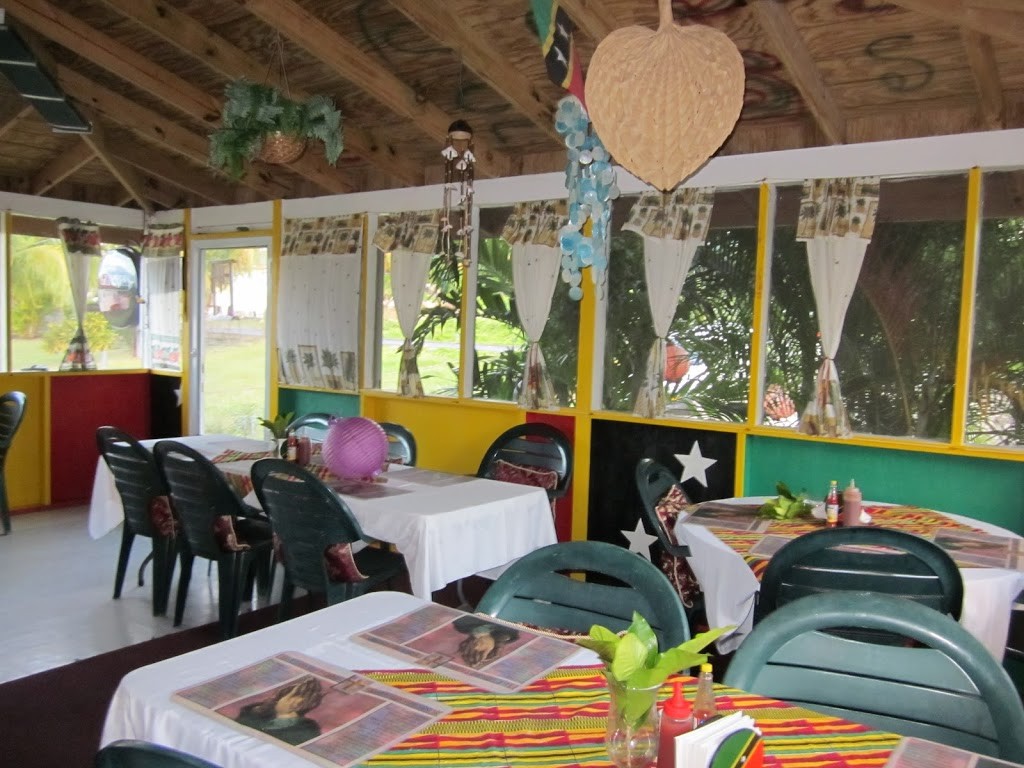
Underneath the changes, the charm of Nevis still shone through. The natural scenery was as beautiful as we remembered. Mount Nevis, its top most often shrouded in mist, still took my breath away. The beaches, all public, remained quiet peaceful places to swim, watch the changing colours of the Caribbean Sea, or just do nothing. No craft stalls or strolling vendors.
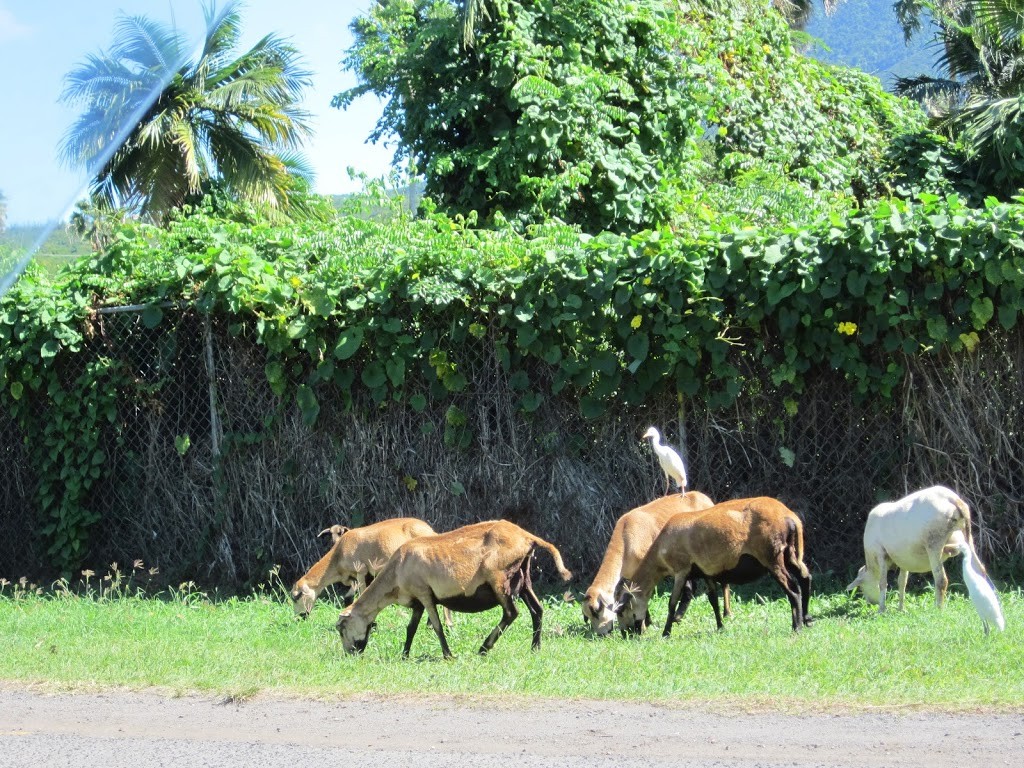
Goats still wandered alongside the road and yellow diamond shaped “Monkey Crossing” signs were posted on the circle road. We found roosters in the back lanes of Charlestown. Wild donkeys serenaded us in the evening. No traffic lights. No high rise buildings.
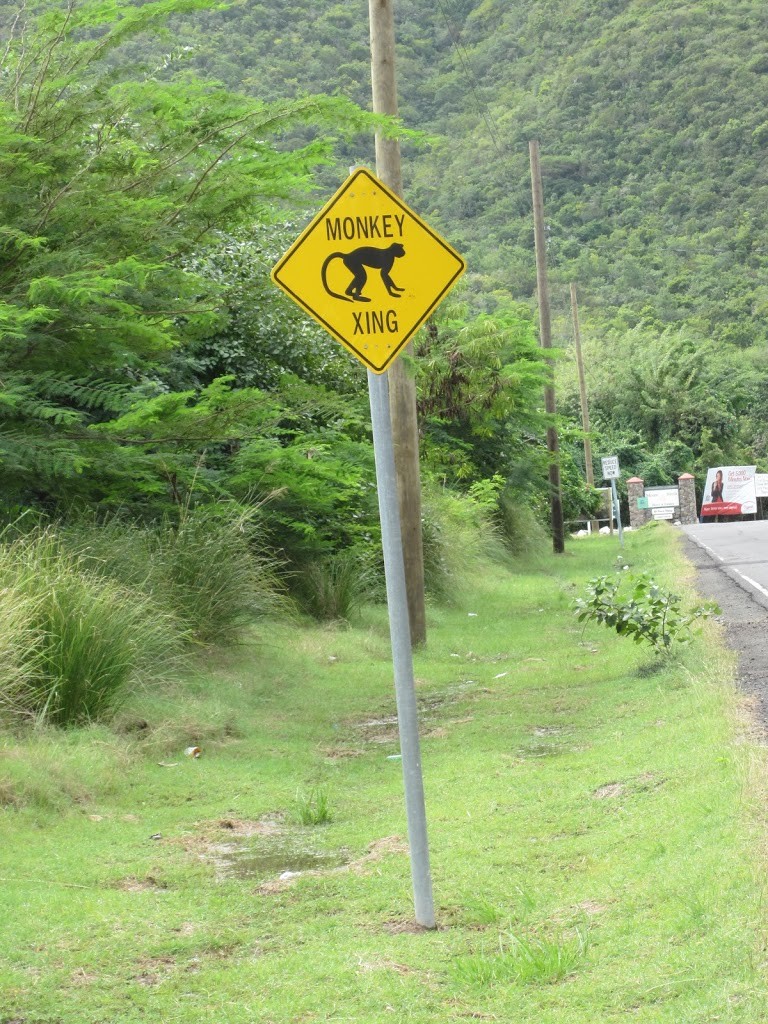
The island’s history remained an integral part of its landscape. Sugar mill ruins, old plantations, and old churches were open to exploring on one’s own. Our greatest difficulty was missing turn-offs. Branches and vegetation often obscured signs. Fortunately, nothing was very far, backtracking easily done and detours on side roads pleasant. As our property manager told us, “You can’t get lost on Nevis, but you can get turned around.”
The pace of life in Nevis was still slower than the outside world, its people genuine and welcoming. Our visit to the Bank of Nevis on a busy Friday morning epitomized for me the essence of the lifestyle. There was a long queue, but no one appeared impatient. People cheerfully visited with neighbours in line. A woman entered the bank, waved to the line and yelled “Hi everyone” before filling out her banking forms. I was reminded of the Nevis motto: You’re only a stranger here once.
For more information read my post about what to see and do in Nevis or visit the official site of the Nevis Island Tourism Authority
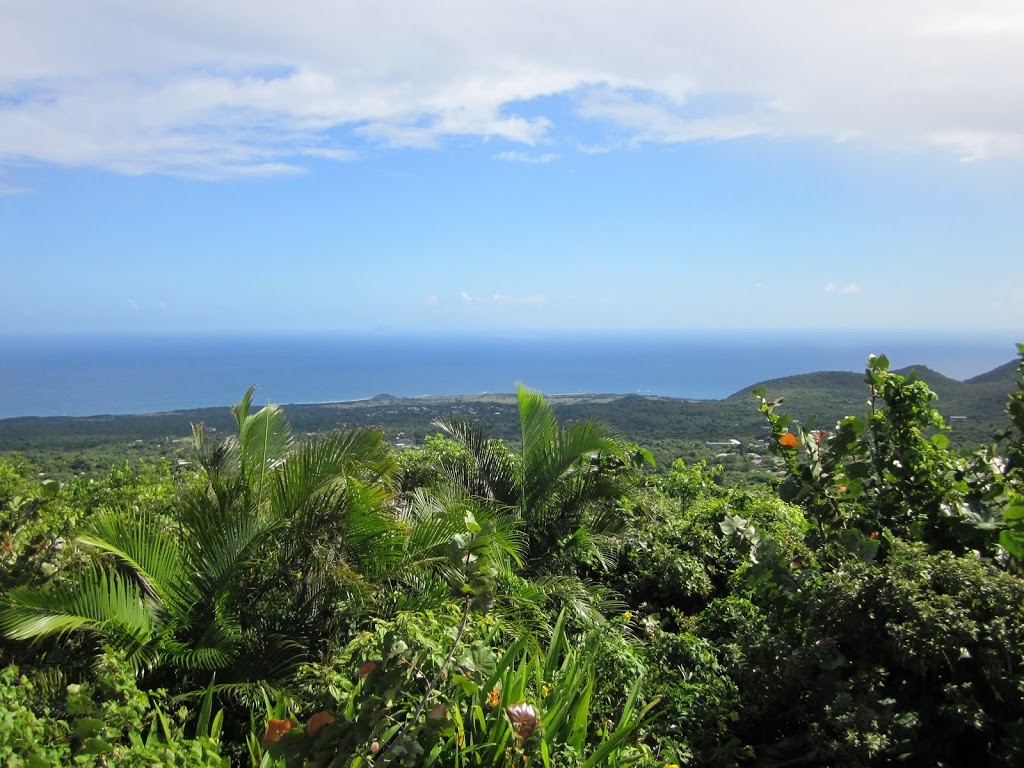
Linked to Travel Photo Mondays

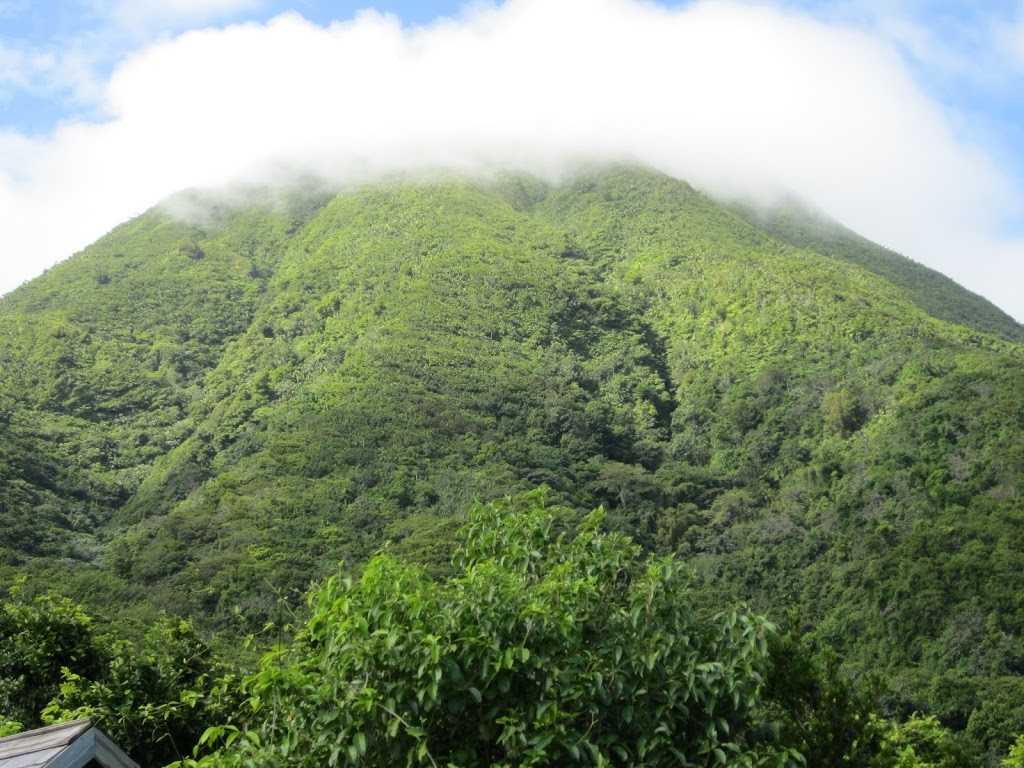
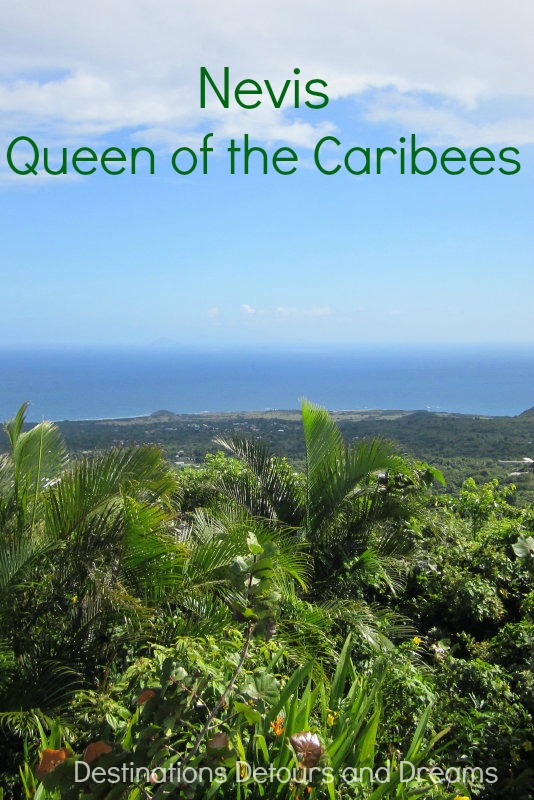
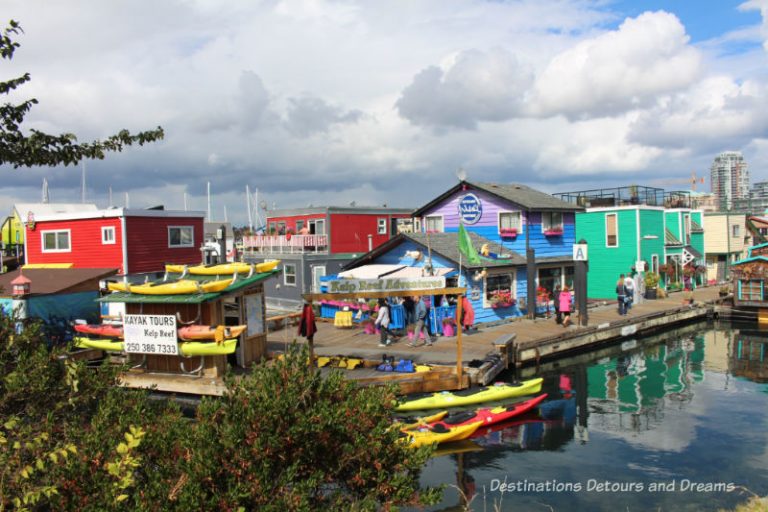
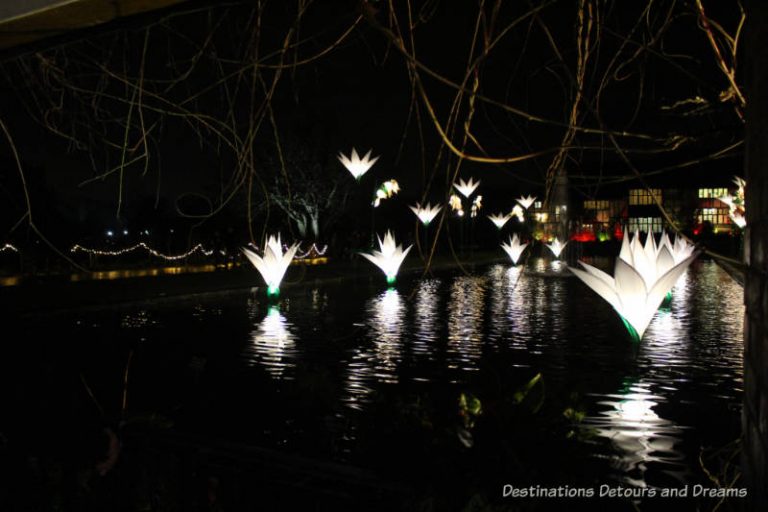
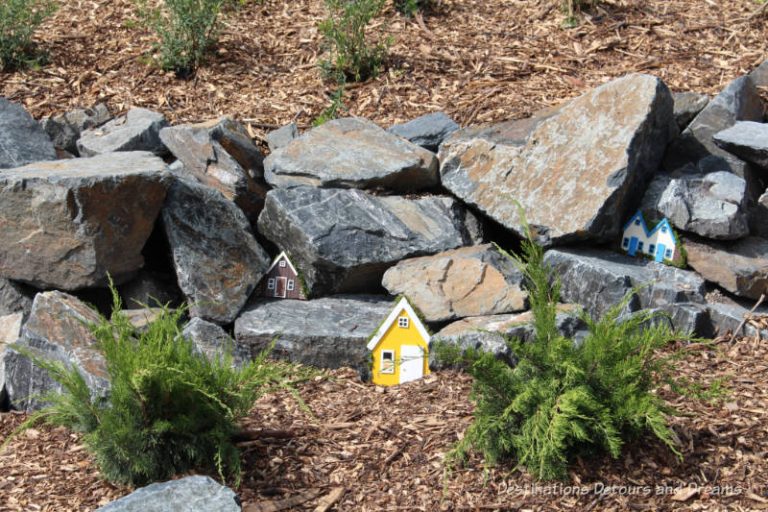
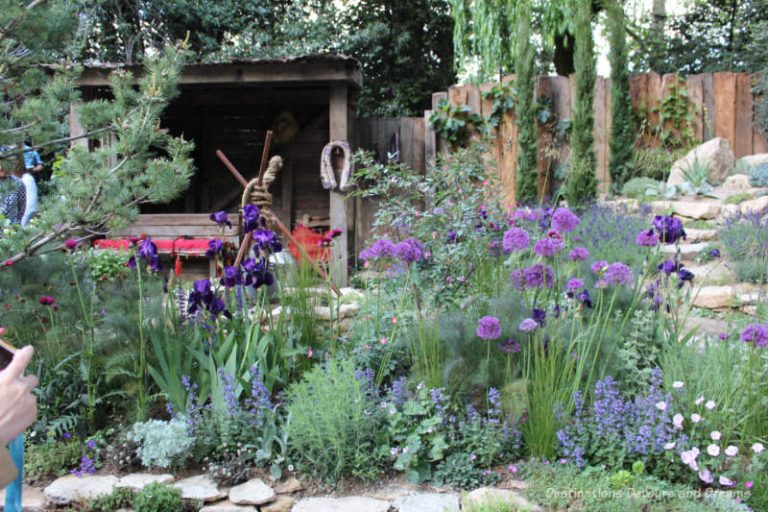

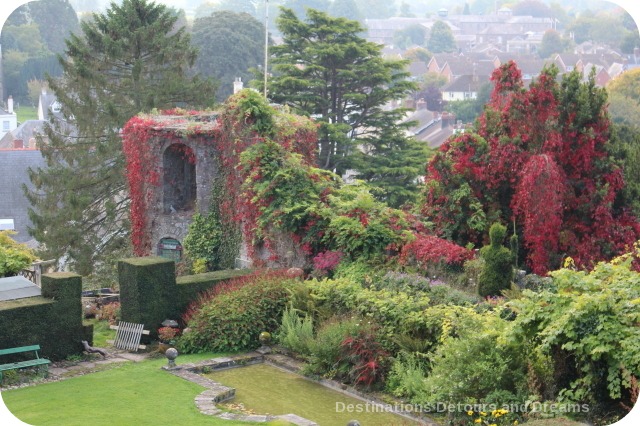
I wanna go there! Right now!
Always good to go to Nevis.
I love the sunset photos and the monkey crossing sign.
I was hoping that you would say it hadn’t changed that much! Lovely photos…I do so want to go!
Hoping to be there Saturday – God Willing.
Nice article. Enjoyed reading it.